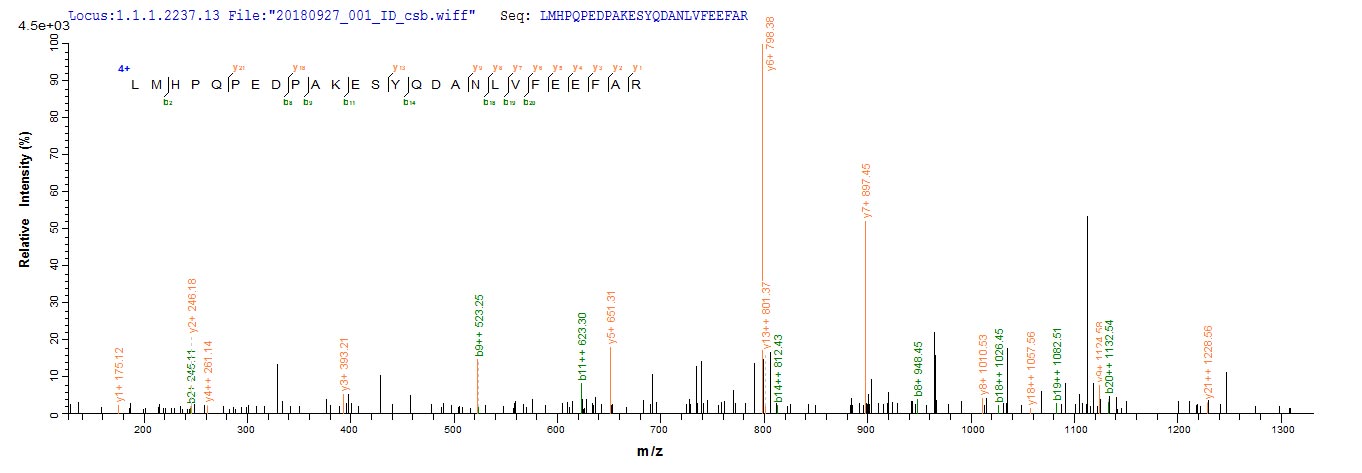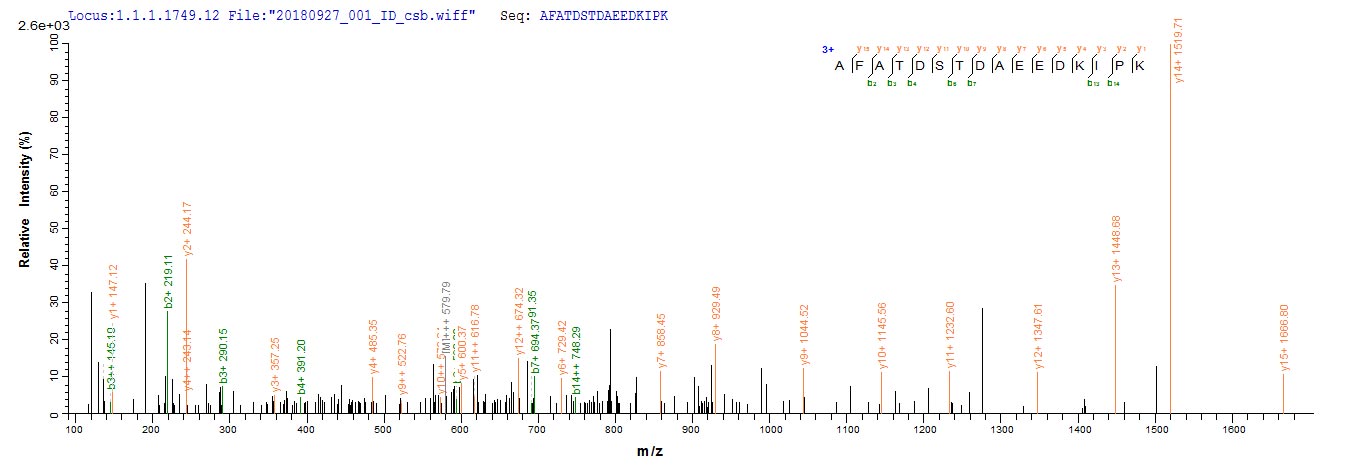Unlock the potential of signal transduction research with our Recombinant Human SAG protein. S-arrestin, also known as retinal S-antigen or rod photoreceptor arrestin, plays a crucial role in the regulation of phototransduction in the retina. By modulating the activity of rhodopsin, a light-sensitive G protein-coupled receptor, SAG contributes to the desensitization and adaptation of photoreceptor cells, allowing them to adjust to changing light conditions.
Our Recombinant Human SAG protein is expressed in yeast, resulting in a full-length protein (1-405aa) that maintains its native structure and function. The N-terminal 6xHis-tag allows for efficient purification and easy detection of the protein. With a purity greater than 90% as determined by SDS-PAGE, our Recombinant Human SAG protein ensures reliable and consistent results for your signal transduction research. Available in both liquid and lyophilized powder forms, our Recombinant Human SAG protein is an indispensable tool for exploring the complex world of cellular signaling pathways.








